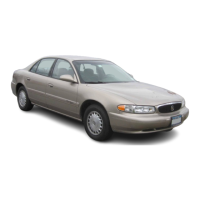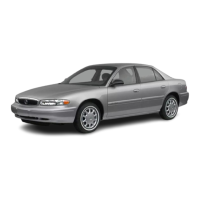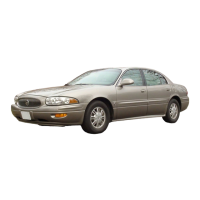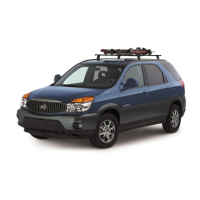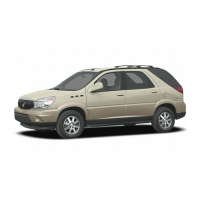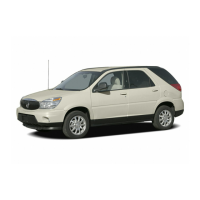SECOND
(2):
This position gives you more power, but
lower fuel economy. You can use
SECOND
(2)
on
hills. It can help control your speed as you go down
steep mountain roads, but then you would also want to
use your brakes
off and on.
Nofice:
Don’t drive in SECOND
(2)
for more than
25
miles
(40
km), or at speeds over
55
mph
(90
km/h),
or you can damage your transaxle. Use THIRD
(3)
or
AUTOMATIC OVERDRIVE (D) as much as possible.
Don’t
shift
into SECOND
(2)
unless you are going
slower than
65
mph
(105
km/h) or you can damage
your engine.
Notice:
If your vehicle seems
to
start
up
rather
slowly, or if
it
seems not to shift gears as you go
faster, something may be wrong with a transaxle
system sensor. If you drive very far that way, your
vehicle can be damaged.
So,
if
this
happens,
have your vehicle serviced right away. Until then,
you can use SECOND
(2)
when you are driving less
than
35
mph
(55
km/h) and THIRD
(3)
for higher
speeds.
FIRST
(1):
This position gives you even more power
(but lower fuel economy) than
SECOND
(2).
You
can use it on very steep hills, or in deep snow or mud.
If
the selector lever is put in
FIRST
(I),
the transaxle
won’t downshift into first gear until the vehicle is going
slow enough.
Nofice:
If your front wheels won’t
turn,
don’t try to
drive. This might happen
if
you were stuck
in
very deep sand or mud or were up against
a
solid
object. You could damage your transaxle.
Also,
if you stop when going uphill, don’t hold your
vehicle there with only the accelerator pedal. This
could overheat and damage the transaxle. Use your
brakes to hold your vehicle in position on a
hill.
Parking
Brake
The parking brake is
located on the driver’s side
under the instrument
panel.
To
set the parking brake, hold the regular brake pedal
down with your right foot and push down on the parking
brake pedal with your left foot.
2-26

